
En Grupo es mejor
El Grupo Energía Bogotá es un gran equipo de más de 2.700 personas en Colombia, Perú, Brasil y Guatemala que trabaja unido para hacer historia, para apoyarse, transformarse y mejorar vidas con energía sostenible y competitiva.
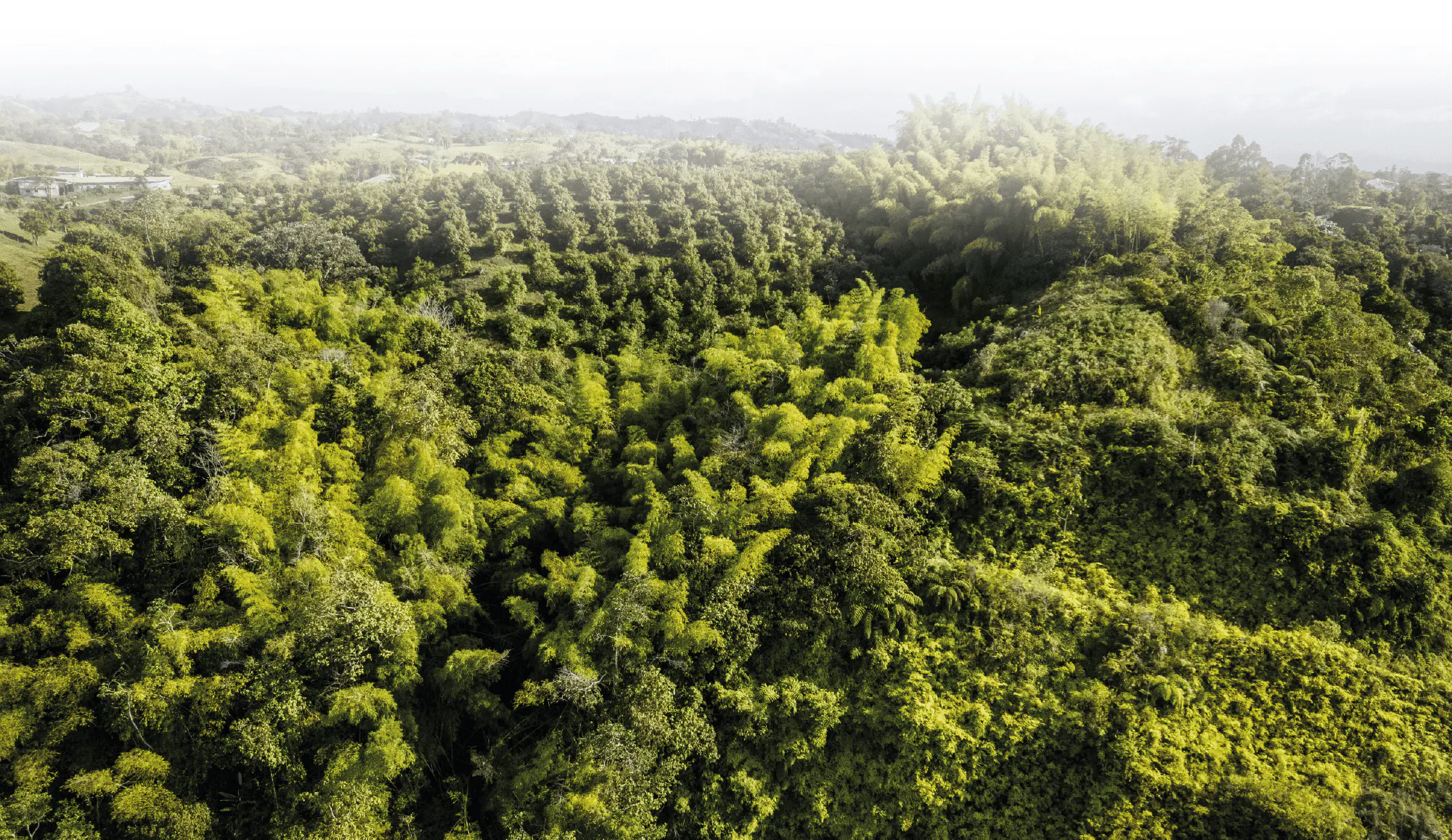
Así crecimos en el 2024
Mejoramos vidas con energía sostenible y competitiva
-
billones ingresos totales del año
-
billones EBITDA ajustado
-
billones en proyectos de infraestructura
-
mil millones en inversión social
-
mil millones en proyectos sociales
-
mil millones en iniciativas ambientales
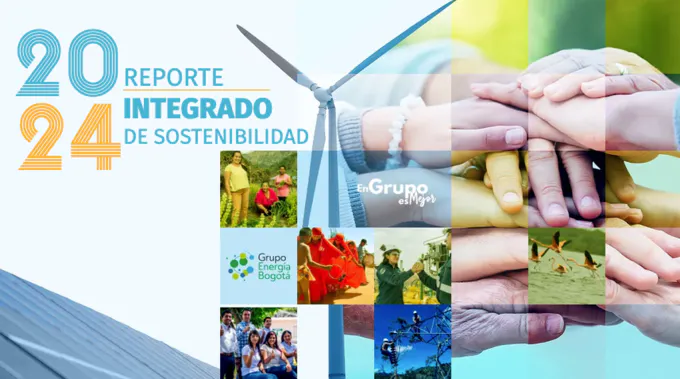
¡En Grupo es Mejor!
Este informe integrado de sostenibilidad, anclado en el concepto ‘En Grupo es Mejor’, es la esencia de cómo trabajamos en el GEB y nuestras filiales, en equipo, para lograr resultados, generando un mayor impacto en cada iniciativa y cada logro alcanzado y afrontando los desafíos para garantizar la energía del futuro.
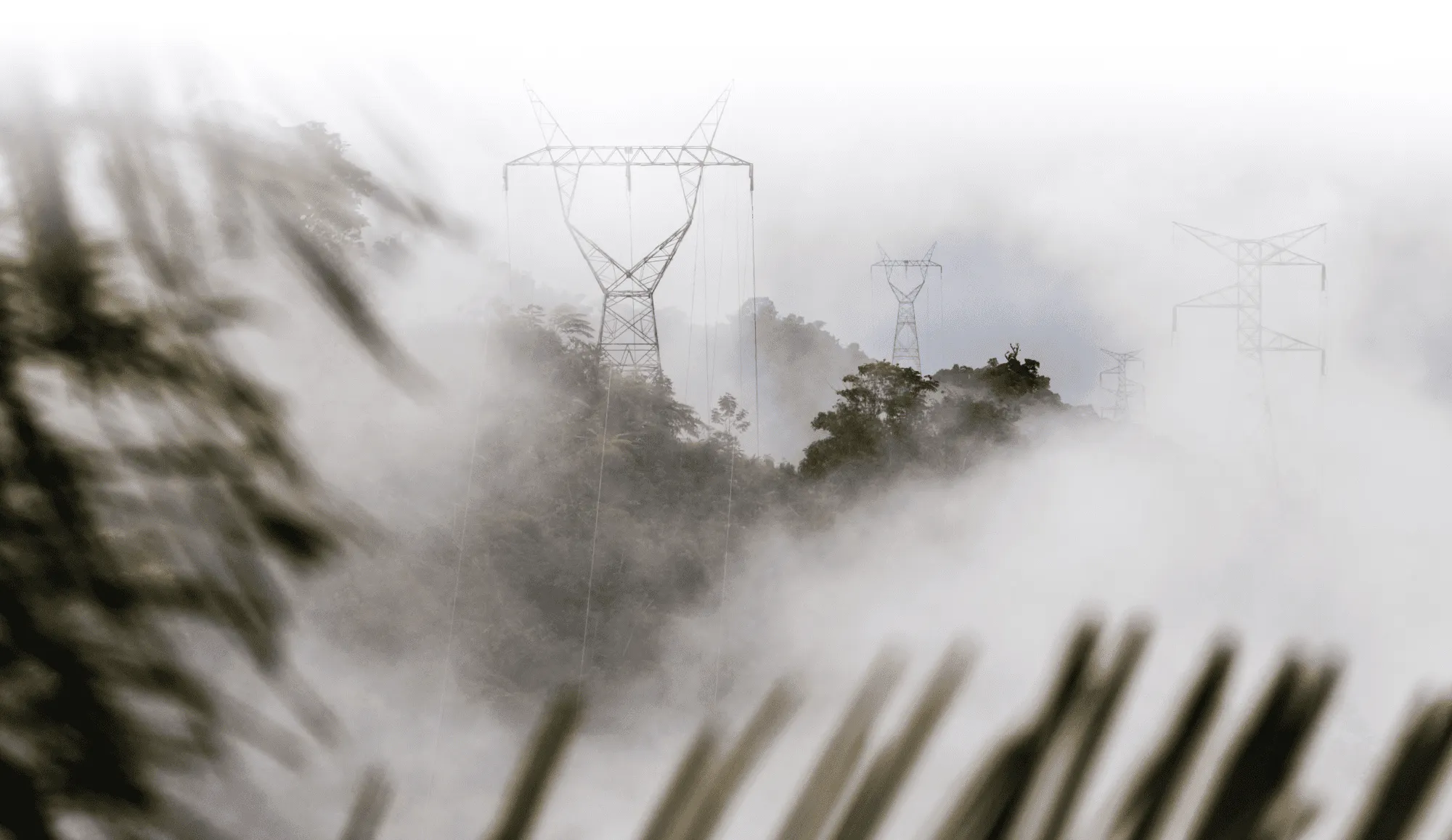
Noticias con energía
Encuentre aquí los comunicados, boletines y notas de prensa del Grupo Energía Bogotá y sus filiales de Colombia, Perú, Brasil y Guatemala.
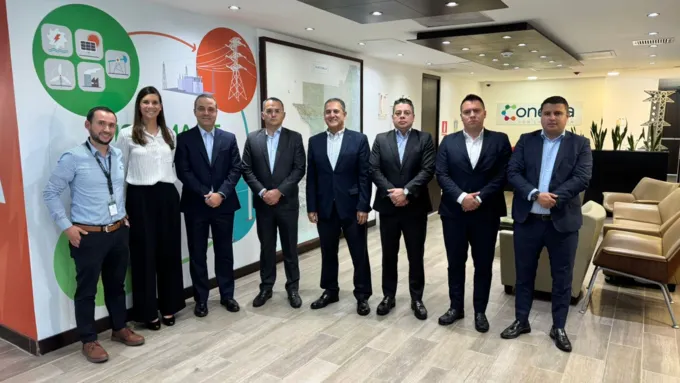
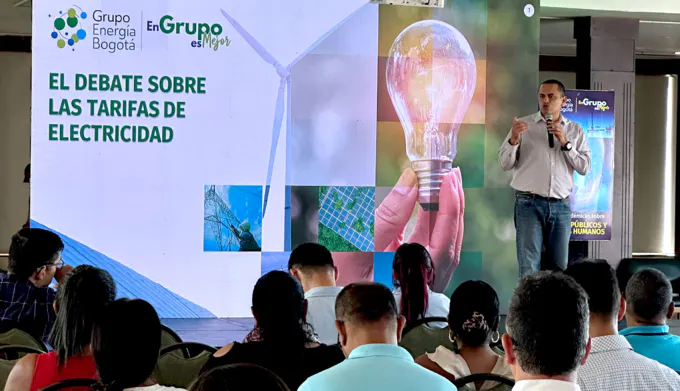
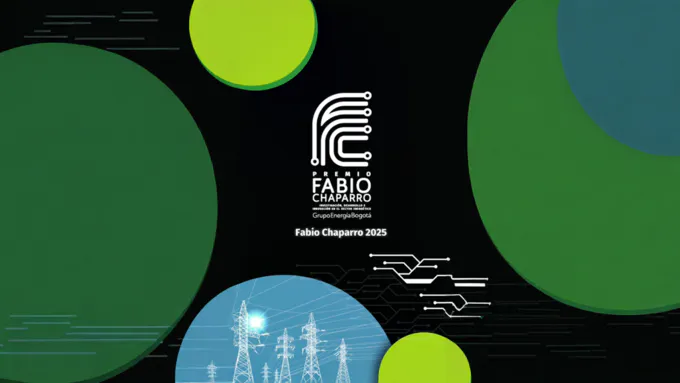
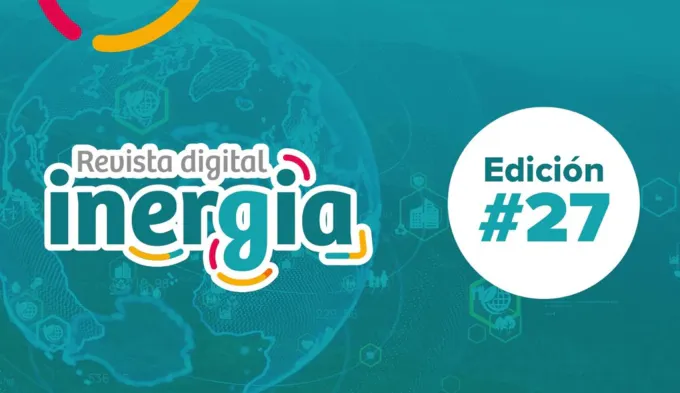
¿Ya leíste nuestra revista Inergia?
En el GEB, a través de Enlaza, tenemos la única revista digital de Colombia dedicada a la transmisión de energía eléctrica, Inergia. Noticias, crónicas, informes, videos y mucho más contenido para que estés al día en el sector.
Cumplimiento

¡No te pierdas nuestro pódcast!
Linieras Enlaza, la historia no contada de la primera generación de linieras en Colombia
Este capítulo de ‘En Grupo es Mejor’, el video pódcast del Grupo Energía Bogotá, está cargado de orgullo, valentía y mucha adrenalina. Con Ana María Sierra, asesora de Proyectos de Valor Compartido de Enlaza, filial del GEB, contamos cómo se formó, nació y creció el primer programa que en Colombia gradúa mujeres en el retador oficio de trabajar en las alturas para instalar, reparar y mantener líneas de transmisión de alta tensión; una tarea que históricamente y hasta hace muy poco, había sido realizada solo por hombres.

